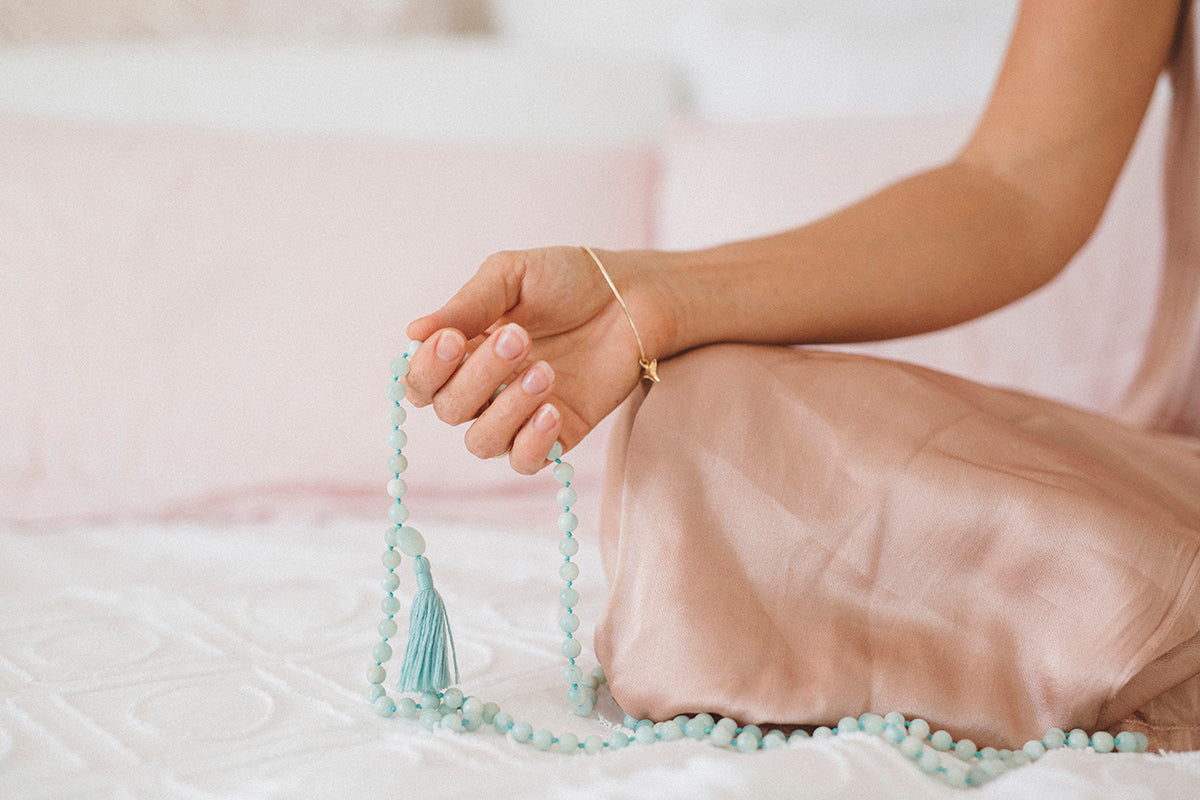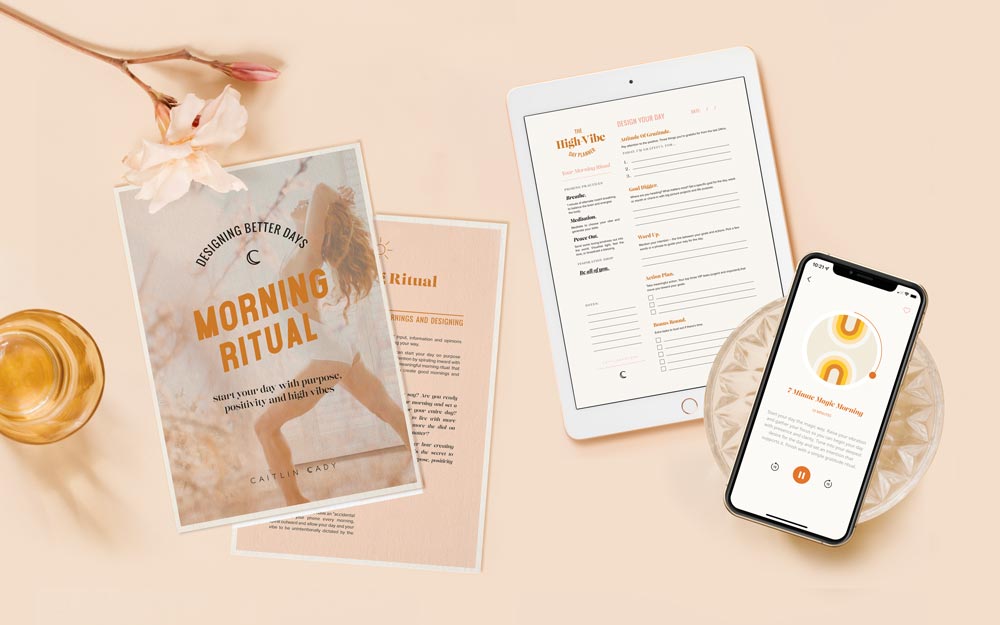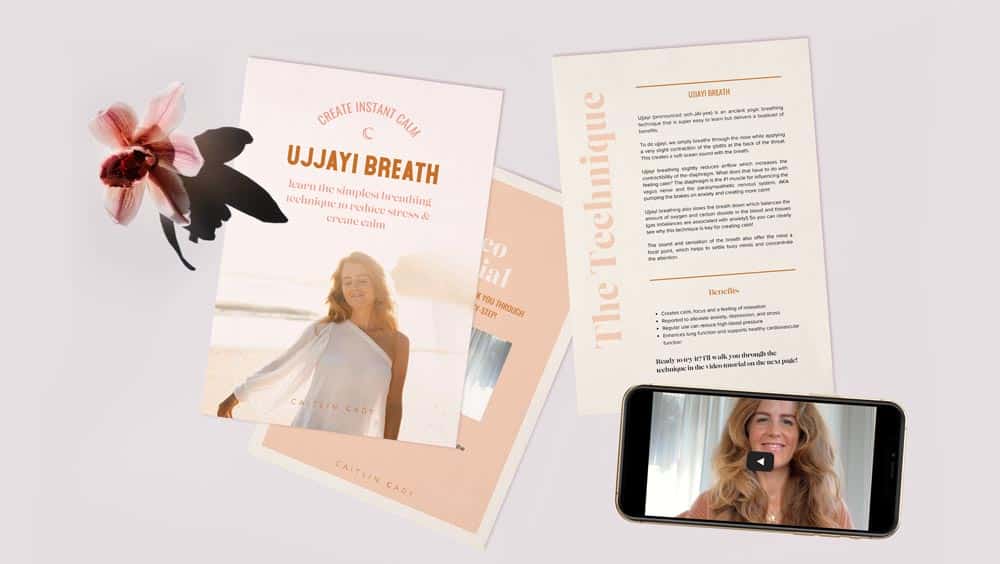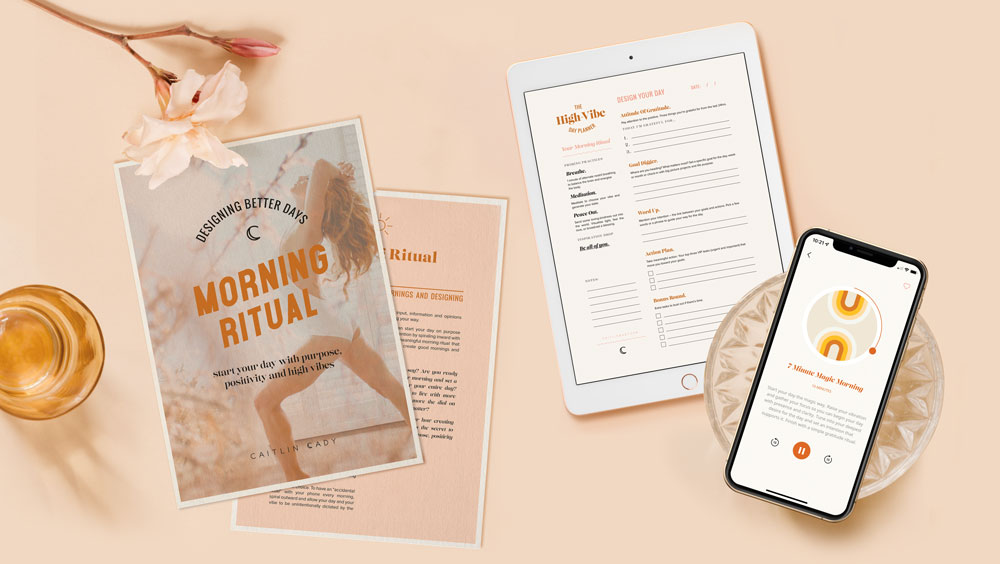How you sit for meditation really lays the foundation for your practice. It can mean the difference between an uncomfortable, frustrating practice and one that flows smoothly. Read on for a simple tip that will create comfort, help you breathe deeply, and make meditation more effortless.
It might be the least talked about but the most powerful thing you can do to improve your practice!
Sit On Your Sit Bones, Not Your Tail Bone
What I often see are people sitting on the ground without props under the hips, which means they are probably sitting on the tailbone instead of the sit bones.
This creates an outward curve at the lumbar spine that’s uncomfortable and unsustainable which is going to be distracting when you’re trying to relax and focus in meditation. Furthermore, this curve also compresses the abdomen which impacts how freely and smoothly the diaphragm can move.
Don’t Jam Your Diaphragm
Why does that matter? The diaphragm is the main muscle of breathing (it does 75% of the muscular work in breathing!) and we use deep, smooth diaphragmatic breathing not only to prepare for meditation but also in meditation itself.
What’s more, the diaphragm also impacts the nervous system via the vagus nerve. Stimulating the vagus nerve allows us to shift into the parasympathetic aspect of the nervous system, also known as “rest-digest-repair-reproduce.” In layman’s terms: the diaphragm helps us tap into calm vibes, which makes the state of meditation easier to access and our practice more productive. Starting to get the picture about why posture matters?
Sit Prop-erly
The simplest way to improve your posture for meditation is to add a prop! My favourite prop to use is a meditation cushion. Pillows are often too soft, bolsters, too hard. A meditation cushion filled with buckwheat is my seat of choice because it offers flexible support. If you don’t have a meditation cushion, try folding a firm quilt or blanket up so it’s about 4 inches thick.
But take note – how you’re sitting on the prop matters, too.
Don’t Plop On Your Prop
Instead of plopping yourself right on top of the cushion or folded blanket with your entire bottom, sit on the edge of the prop so that your sit bones are perched on front 1/3 or 2/3 of the cushion. Ideally, the hips are higher than the knees and there is a gentle, natural inward curve at the base of the spine. (Note – placing a sheepskin or blanket on the floor beneath you can give the knees and bony ankles a nice soft place to rest.) This position allows for a nice long line in the spine that will create more comfort and allow the diaphragm to move freely, which makes accessing a calm state much easier.
If you’re not sure what I mean or want a little visual, check out this Reel on Instagram where I show you the difference between sitting with and without a prop!
Next time you sit for meditation, try sitting prop-erly and see what a difference it can make. Remember: sit on your sit bones and don’t jam your diaphragm! (Can’t sit cross-legged on the floor? No worries, I’ll share another post soon with alternative positions that tick all the boxes, too.)




